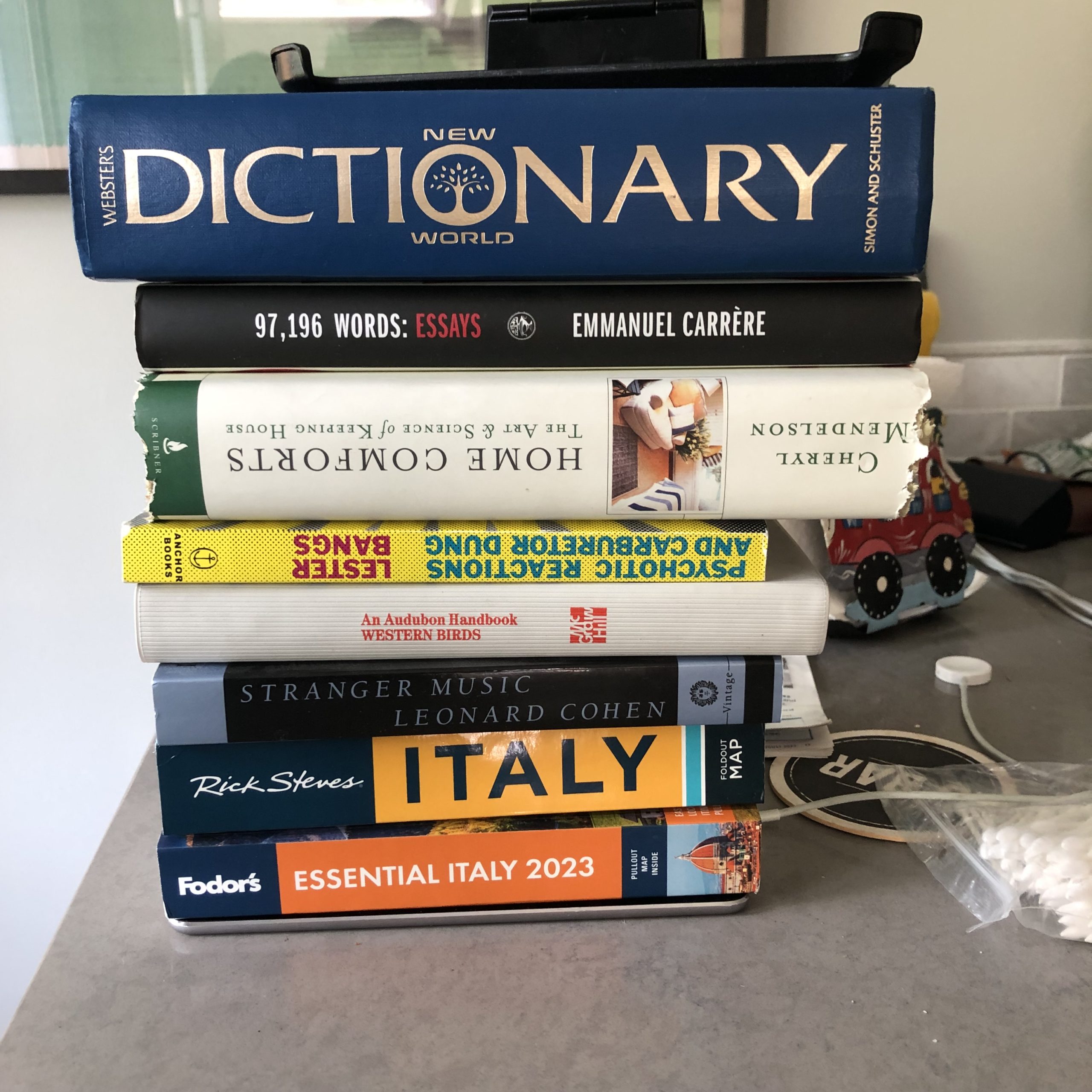I haven’t been enrolled in Medicare for even a year, and I’ve already had my first fraudulent claim. I nearly pitched an EOB (explanation of benefits, for you healthy people) notice that arrived last week, sent by my gap-policy provider. Then I realized I hadn’t been to a doctor in months, so what could this be?
It turned out to be a claim for $4,500 worth of catheter supplies, made by a medical supply company in suburban Dallas. Sigh. Got on the phone, and ended up talking to someone in a call center that I suspect was on the other side of the Pacific. The woman, reading from a script, kept assuring me I wouldn’t be billed anything, and I kept telling her that wasn’t my concern, but rather that whether my Medicare account or identity or whatever had been compromised.
We ended it with her assuring me this was a glitch, a data-entry error, and it would be handled. Don’t worry.
Today I got another notice, this from Medicare itself, the great monolith, for the same claim, and this time, it indicated it had been paid. Another call, and I said the magic word to the phone tree: FRAUD. This time my call stayed stateside, and a report was made, and… I guess we’ll see what happens.
In other heart-stopping news at this hour, I took my old bike to a new shop for a top-to-bottom list of repairs, and had that great feeling walking out: This is the place I should have been going to all along. The guy not only knew my ancient Volkscycle, he used to sell them. He knew all about my Gatorskin tires, and why they might have failed me twice this summer. And best of all? “When do you think it’ll be ready?” “Eh, couple days.” Still plenty of time left in bike season.
And with that, I’ll cut the boring stuff and ask if you’ve ever seen anything quite as racist as Donald Trump’s new strategy to woo black voters, i.e. flaunting his arrests and mugshot and claiming a bond with them as a result:
Trump has latched on to a narrative promoted last month by Fox News commentators and others in conservative media — that his arrests could boost his standing among African Americans who believe the criminal justice system is unfair.
Trump claimed in a recent interview with conservative host Hugh Hewitt that his poll numbers among Black voters “have gone up four and five times” since his mug shot was released.
That’s not true, as CNN reported.
Gotta give it to Axios, which drives me insane many days. “That’s not true” has a note of mordant humor I appreciated.
You watch: Next month he’ll be hanging with Yeezy again. Or maybe rapping, who knows.
Back to working my way through Michael Wolff’s latest book excerpt. (I wouldn’t be caught dead buying one of his books.) The good parts are always leaked to the media, and here’s a good one:
(Tucker) Carlson put (Ron) DeSantis’s fate to a focus group of one: his wife. When they lived in Washington, Susie Carlson wouldn’t even see politicians. Carlson himself may have known everyone, dirtied himself for a paycheck, but not his wife. In her heart, it was 1985 and still a Wasp world, absent people, in Susie Carlson’s description and worldview, who were “impolite, hyperambitious, fraudulent.” She had no idea what was happening in the news and no interest in it. Her world was her children, her dogs, and the books she was reading. So the DeSantises were put to the Susie Carlson test.
They failed it miserably. They had a total inability to read the room — one with a genteel, stay-at-home woman, here in her own house. For two hours, Ron DeSantis sat at her table talking in an outdoor voice indoors, failing to observe any basics of conversational ritual or propriety, reeling off an unself-conscious list of his programs and initiatives and political accomplishments. Impersonal, cold, uninterested in anything outside of himself. The Carlsons are dog people with four spaniels, the progeny of other spaniels they have had before, who sleep in their bed. DeSantis pushed the dog under the table. Had he kicked the dog? Susie Carlson’s judgment was clear: She did not ever want to be anywhere near anybody like that ever again. Her husband agreed. DeSantis, in Carlson’s view, was a “fascist.” Forget Ron DeSantis.
Don’t really like Wolff and certainly dislike Carlson and DeSantis, but that’s pretty funny.



